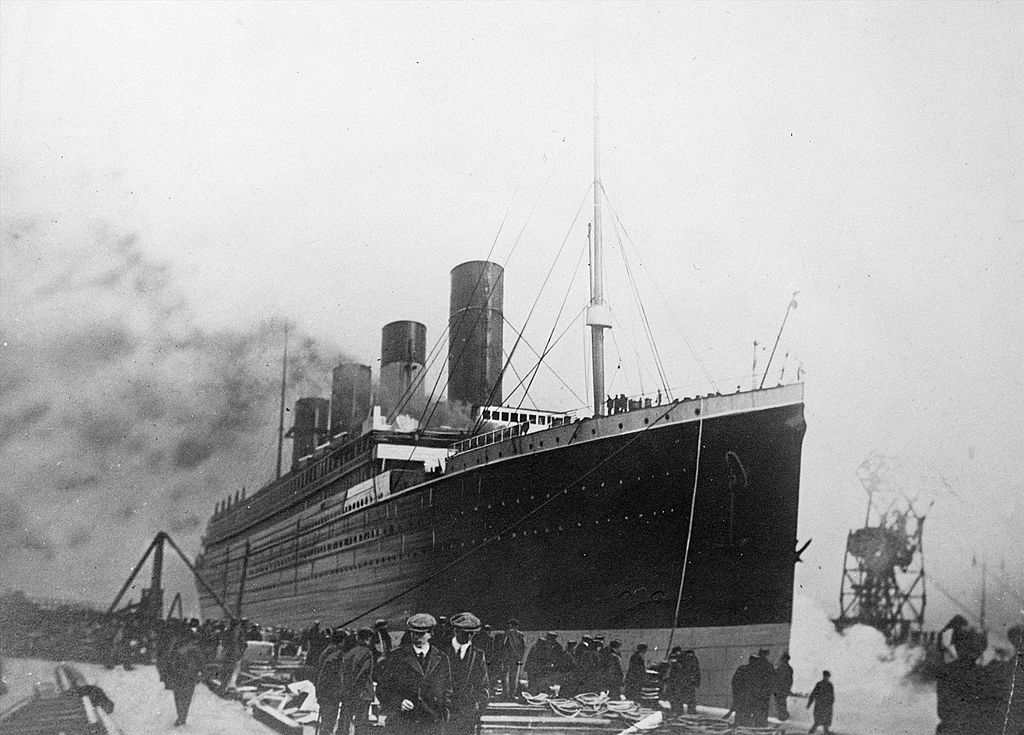

Among its most remarkable adaptations is the use of a molecule, known as ectoine, that helps it balance out salt fluctuations at the site. Home Blog Cart Login Purchase Giftcard Check Gift Balance Sitemap Subscribe to our newsletter Email. titanicae is nimble, evolving to survive in the ever-changing conditions at the site. Limited Edition Titanic Coal Coin 19.95 Quickview Titanic Whistle Key Ring 14.99 Quickview Titanic Pencil Case 19.99 Quickview Titanic Cuff Links 49.95 Quickview Links.

This iron-loving bacteria can survive where most life forms can’t, making the dark, highly pressured home of Titanic a perfect place for it to grow. Their findings appeared in the December 2010 issue of the International Journal of Systematic and Evolutionary Microbiology. generally 12 hours or so, the film was processed aboard ship using warm sea. It wasn’t until 2010, however, that a group of scientists led by Henrietta Mann studied the samples and discovered it was brand-new bacteria. The wreck of Titanic was located in 1985 by the Woods Hole Oceanographic. Insight into this never-before-seen phenomena came in 1991, when a team of Canadian and Spanish researchers collected samples of “rusticles”-icicle-like rust formations-from the wreck. The smaller ship next to the Titanic, in this painting, is the Nomadic. 1929 Cleveland becomes first MLB team with numbers on back of jerseysīut nobody accounted for a rare, rust-eating bacteria called Halomonas titanicae (named for the wreck it is currently feasting on). Working closely with James Camerons team and National Geographic to create visuals for the 100 year anniversary of the sinking of the Titanic.


 0 kommentar(er)
0 kommentar(er)
